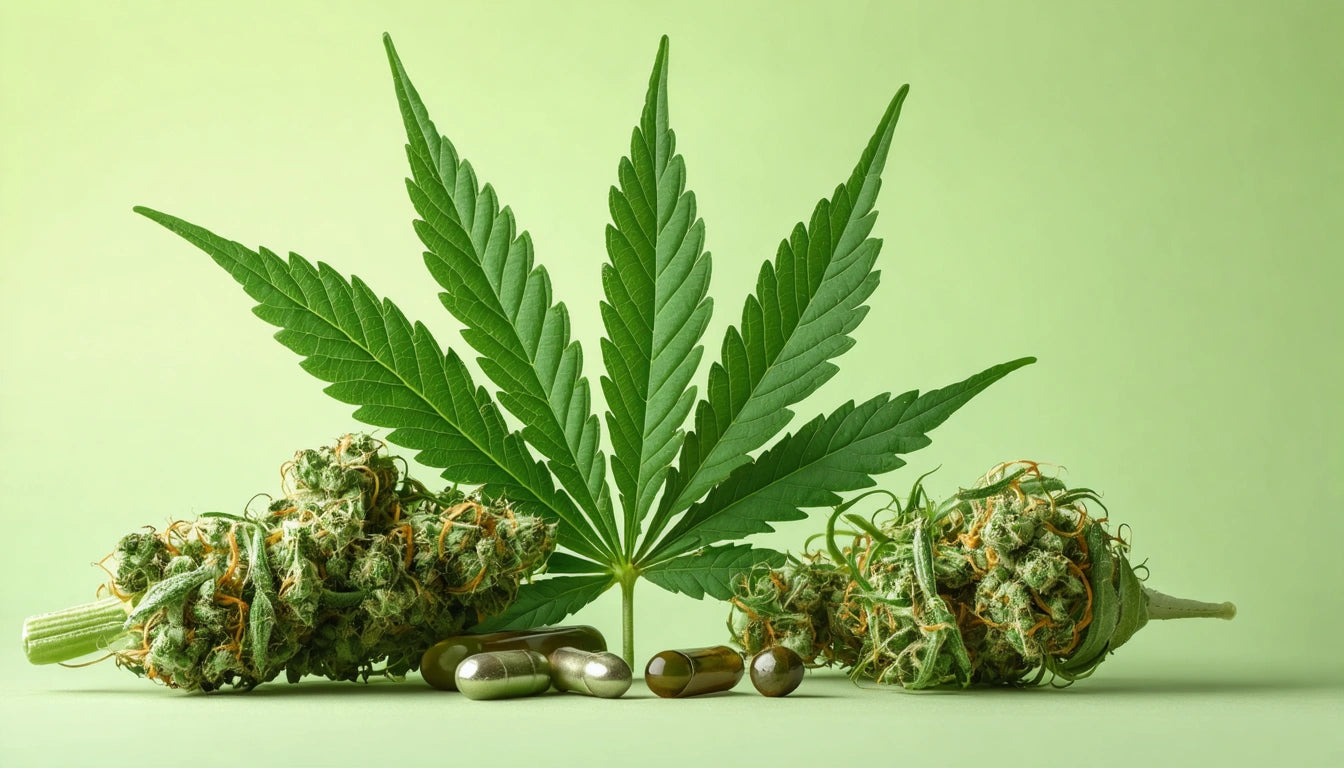Table of Contents
- Balancing Design and Compliance in Cannabis Labels
- Regulatory Requirements for Cannabis Product Labels
- Design Elements That Drive Consumer Engagement
- Material Considerations for Cannabis Labels
- Printing Technologies and Their Applications
- Advanced Labeling Solutions for Brand Differentiation
- Future Innovations in Cannabis Product Labeling
Creating effective labels for cannabis products requires balancing attractive design with strict regulatory compliance. As the industry matures, brands must navigate complex labeling requirements while developing distinctive visual identities that resonate with consumers and stand out on dispensary shelves.
Balancing Design and Compliance in Cannabis Labels
The cannabis industry faces unique challenges when it comes to product labeling. Brands must communicate their identity while adhering to state-specific regulations that often limit creative expression. According to industry best practices, successful labels integrate compliance elements seamlessly into the overall design rather than treating them as afterthoughts.
When designing labels, cannabis companies should start with a compliance-first approach, creating templates that reserve adequate space for required warnings, symbols, and information. This foundation allows designers to work within established parameters rather than retrofitting creative concepts to meet regulations.
Regulatory Requirements for Cannabis Product Labels
Label requirements vary significantly by state, creating challenges for brands operating across multiple markets. State-specific labeling guidelines dictate everything from font size to warning language, creating a complex regulatory landscape.
Essential Label Components
Regardless of location, most cannabis labels must include:
- Product name and form
- Total THC/CBD content (typically in milligrams)
- Batch numbers and manufacturing dates
- Warning statements
- Testing information
- Company name and contact information
For brands looking to streamline compliance across multiple SKUs and jurisdictions, variable data printing offers solutions that maintain design consistency while accommodating changing information like potency levels and batch numbers.
Design Elements That Drive Consumer Engagement
Beyond compliance, effective cannabis labels must communicate brand values and product attributes quickly. Color psychology plays a significant role, with different hues creating distinct emotional responses. For example, green often conveys natural or organic qualities, while black suggests premium positioning.
Typography choices also impact consumer perception. Clean, sans-serif fonts typically signal a modern, clinical approach, while script or decorative typefaces might suggest artisanal or craft qualities. Research on consumer perception indicates that label design significantly influences purchasing decisions, often more than price for first-time buyers.
Material Considerations for Cannabis Labels
The physical properties of labels directly impact both appearance and functionality. Cannabis products often encounter challenging environments, from refrigeration to high humidity, requiring materials that maintain integrity under various conditions.
Adhesive Selection
Different packaging materials require specific adhesive formulations. Proper adhesive selection ensures labels remain attached to glass, plastic, mylar, or paper containers throughout the product lifecycle. For cannabis concentrates, which often require specialized equipment like industrial grinding solutions during processing, labels must withstand potential exposure to residual oils and solvents.
Durability Treatments
To maintain label integrity and legibility, many cannabis brands invest in protective treatments. Waterproofing, smudge-proofing, and UV protection extend label life and ensure compliance information remains readable throughout the product's shelf life.
Printing Technologies and Their Applications
The choice of printing technology affects both label quality and operational efficiency. Digital and flexographic printing represent the most common options, each with distinct advantages.
Digital printing offers flexibility for smaller runs and variable data, making it ideal for brands with numerous SKUs or frequent design updates. Flexographic printing typically provides cost advantages for larger runs and certain specialty finishes, though setup costs are higher.
For brands weighing production options, comparing in-house labeling versus outsourcing involves considering not just equipment costs but also compliance expertise, quality control, and operational bandwidth.
Advanced Labeling Solutions for Brand Differentiation
Premium cannabis brands increasingly leverage advanced labeling techniques to create shelf distinction. Foil stamping, embossing, and holographic effects create tactile and visual elements that signal quality and justify premium pricing.
Beyond aesthetics, functional innovations like smart label integrations enable inventory tracking and enhance consumer engagement through QR codes linking to lab results, dosage information, or brand storytelling.
Small Format Challenges
Products like pre-rolls, vape cartridges, and capsules present unique labeling challenges due to their limited surface area. Small format design strategies include extended content labels, innovative placement, and prioritizing the most critical information.
Future Innovations in Cannabis Product Labeling
As regulations evolve and consumer expectations rise, cannabis brands must prepare for ongoing label adaptations. Future-proofing strategies include designing with flexible templates, choosing partners with regulatory expertise, and implementing systems that facilitate rapid updates.
Sustainability represents another frontier in cannabis labeling, with consumers increasingly favoring brands that demonstrate environmental responsibility. Eco-friendly label materials like hemp-based papers, water-soluble adhesives, and vegetable-based inks help brands align with these values while potentially differentiating from competitors.
The most forward-thinking cannabis companies view labeling not merely as a compliance requirement but as a strategic marketing asset that builds brand equity, communicates product benefits, and creates meaningful connections with consumers.











Leave a comment
All comments are moderated before being published.
This site is protected by hCaptcha and the hCaptcha Privacy Policy and Terms of Service apply.